Curtain rods are integral components in window treatments, setting the stage for the elegance and functionality of the curtains. However, a common challenge that many homeowners face is dealing with sagging or drooping curtain rods. This is especially true for wide windows or when using heavy drapes, where the weight can cause the rod to bend in the middle. In this guide, we aim to provide easy and practical solutions on how to stiffen your curtain rod. These methods aim to enhance the structural integrity of your rods, ensuring they hold up your curtains securely and maintain their straight appearance.
What causes the sagging in the middle of my curtain rod?
Sagging or bending in the middle of the curtain rod can occur due to a few reasons. One of the most common causes is the weight of the curtains. Heavier materials or lined and interlined curtains can put significant stress on the rod, leading to it sagging in the center. Additionally, a rod that spans a wide window without adequate support brackets in the middle can also droop. The material and quality of the rod can also play a significant role – cheaper rods or those made of lightweight materials are often more prone to bending. Ensuring the correct choice of rod for the curtain weight and proper installation can help mitigate this issue.

How to Stiffen a Curtain Rod?
The good news is that sagging curtain rods can be fixed with relative ease. Here are some of the most effective methods:
Adding Support Brackets
Adding additional support brackets at least 4-6 inches away from both ends and in the center can help strengthen your rod and keep it straight. Make sure the brackets are strong and able to handle the weight of your curtains.
Increasing Rod Diameter
Replacing a thinner rod with one that is thicker can help significantly reduce sagging in the middle. Opt for a rod that has a diameter that matches or exceeds the width of your window, as this will help evenly distribute the weight of your curtains.
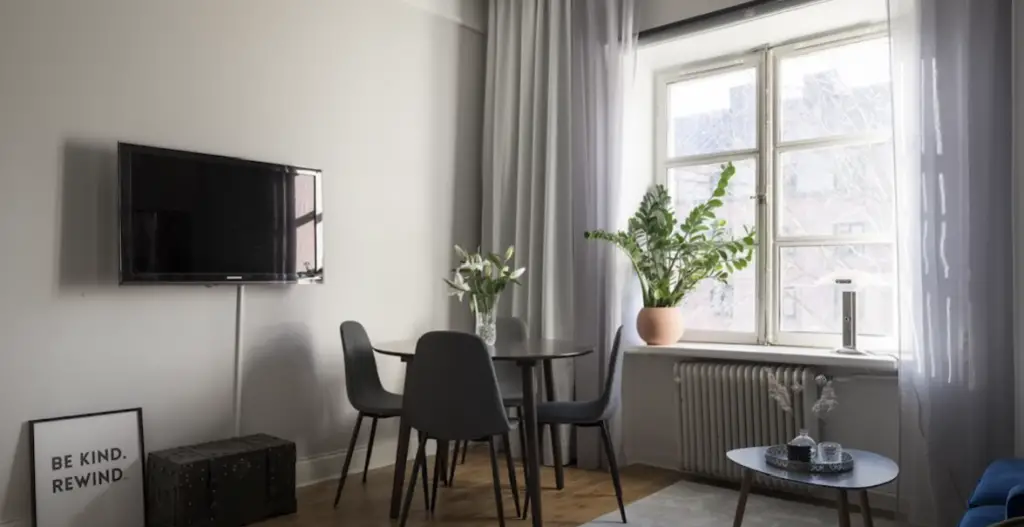
Adhesive Rods
Using adhesive rods like 3M Command Strips or Gorilla Glue can help make your old rod sturdier and add an extra layer of support. Just make sure to use a strong adhesive and follow the manufacturer’s instructions carefully.
Reinforcing Brackets
Reinforcing existing brackets or installing new ones can help support the rod and keep it straight. Look for brackets made with heavy-duty materials like steel or iron, as these are sturdier options than plastic or aluminum.
Curtain Rod Hangers
Curtain rod hangers can be used to add extra stability to your rods, especially if they span wider than usual windows. These hangers come in a variety of shapes and sizes to fit different rod widths and can help keep the rod straight when supporting heavier curtains.
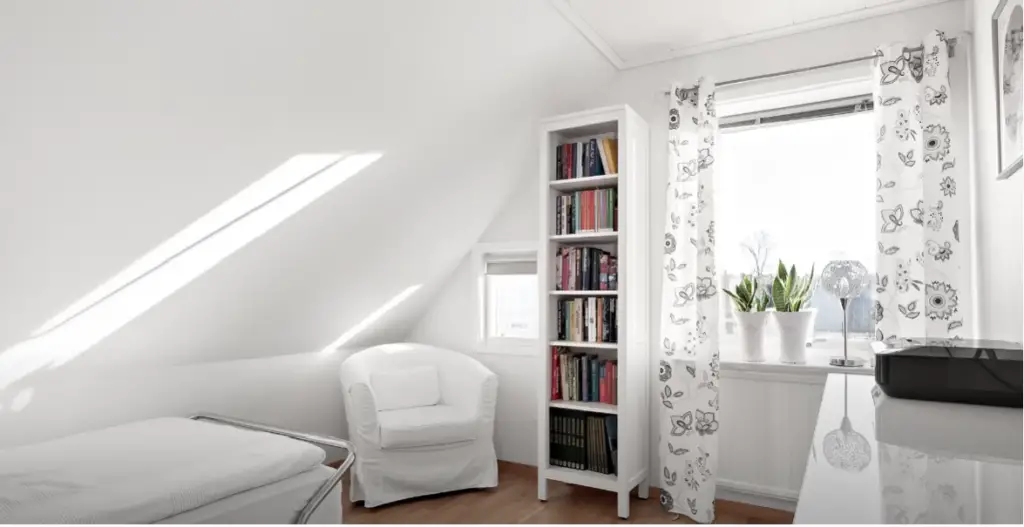
By following these steps, you should be able to stiffen your curtain rods and make them more structurally sound. This will ensure that your curtains hang nicely and maintain their straight appearance for a longer time.
With the right care and maintenance, your curtain rods can look great for years to come. Make sure to clean them regularly using a dry cloth or vacuum cleaner to remove dust and debris. You should also check all screws, brackets, and hangers periodically to make sure they are secure. [1]
What is the best way to increase tension on a curtain rod?
Increasing tension on a curtain rod primarily refers to the process of adjusting tension rods, a type of curtain rod that is held in place by the tension it creates against two walls. To increase tension, simply twist the rod in a clockwise direction. This action lengthens the rod, hence increasing the tension. It is important to be careful not to over-tighten the rod, as this could potentially damage the walls. Once the rod has reached your desired tension, carefully place it between the two walls.
Remember, a well-tensioned rod will hold up your curtains effectively without sagging or falling.
What’s the right way to secure a curtain rod?
Securing a curtain rod properly is crucial to its performance and durability. Here’s a guide to securing your curtain rod step-by-step:
Measure and Mark: Start by measuring the height where you want your curtains to hang. Mark the spots where the brackets will be installed on both sides of the window frame.
Install Brackets: Use a drill to make holes at the marked spots. Insert wall anchors into the holes if the brackets aren’t being installed into studs, then screw in the brackets. They should be firm and stable.
Check for Level: Place the curtain rod onto the brackets and use a level to make sure it’s straight. Adjust as necessary.
Secure Rod: Once the rod is level, secure it to the brackets. Some rods will have set screws to tighten against the rod, while others might have a different mechanism. Ensure the rod is secure and doesn’t easily slide or rotate.
Hang Curtains: Finally, hang your curtains onto the rod. Do so gently to avoid applying too much force on the rod and brackets initially.
Regularly check the brackets and rod to ensure they remain secure over time. If you notice any movement or sagging, tighten the relevant screws or potentially consider adding more support via additional brackets.[2]
What can I do to prevent my curtain rod from sagging?
Preventing your curtain rod from sagging can be achieved through several preventive measures:
Choose the Right Rod
Start by selecting a curtain rod that is capable of supporting the weight of your curtains. Opt for rods made from heavy-duty materials like steel or iron, and choose a thicker diameter for extra strength.
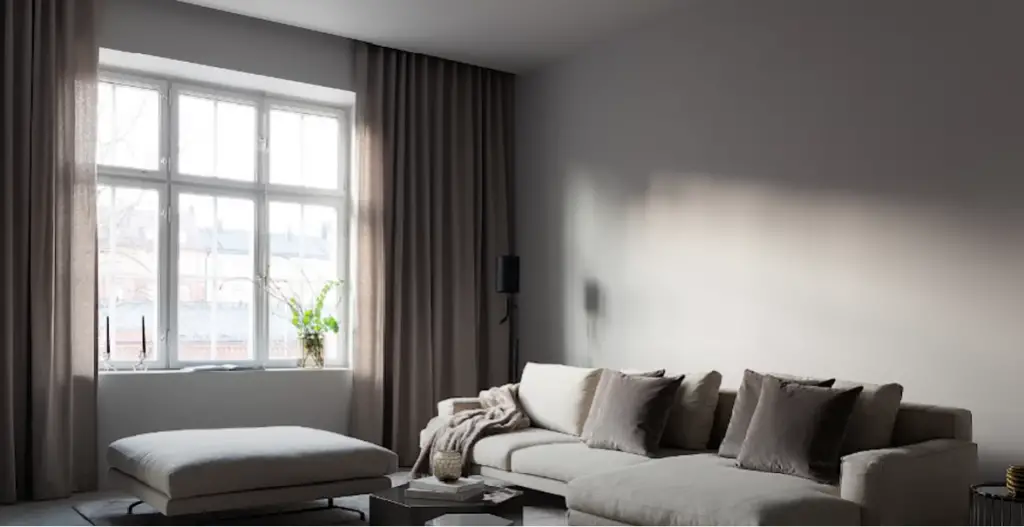
Proper Installation
Ensure that the rod is installed correctly. Use sturdy brackets and secure them firmly to the wall, making sure they can comfortably support the weight of the curtain. If your window is wide, consider installing a middle support bracket to prevent sagging.
Correct Curtain Weight
Consider the weight of your curtains. Heavier curtains will need stronger rods and more support, so if you prefer heavy drapery, make certain your rod is up to the task. Alternatively, opt for lighter curtains if possible.
Regular Maintenance
Maintain your curtain rods regularly. Check that the screws are tight and the rod is secure on the brackets.
By taking these preventative steps, you can help ensure your curtain rod remains straight and sag-free for a longer time.[4]
How to fix a hanging curtain rod?
Fixing a hanging curtain rod involves several steps. First, remove the curtains from the rod to alleviate weight, making the process easier. Now, examine the rod and the brackets to identify the problem; it could be a loose screw in the bracket, the rod itself might be bent, or the bracket could be pulling out of the wall.

If the issue is a loose screw, simply tighten it using a screwdriver. If the rod is bent, you may need to replace it, particularly if the bend is severe, as it might not hold the weight of the curtains properly.
If the bracket is pulling out of the wall, remove the screws, then take down the bracket and rod. You may need to fill the old screw holes with a filler material, such as a wall filler or wood filler. Allow this to dry as per the manufacturer’s instructions, then sand it smooth.
Now, you can reposition the bracket slightly, so you’re installing it into solid wall material rather than the compromised area. Use a level to ensure your brackets are aligned correctly, mark the new screw positions, drill pilot holes, then screw the bracket back into place. Reattach the curtain rod, and replace the curtains.
Whether you decide to fix it yourself or hire a professional, keep in mind that safety is paramount. Additionally, regular maintenance and care can help prevent such issues from occurring in the future. [2]
Do-It-Yourself Solutions
In addition to the methods previously mentioned, there are some do-it-yourself solutions to stiffen your curtain rod. These solutions largely rely on materials you might already have at home:
Use Pipe Insulation or Foam Tubing
One effective DIY method is using pipe insulation or foam tubing. Cut a piece of insulation or tubing the same length as your curtain rod. Slice the insulation or tube down one side and then fit it around your rod. The added thickness provides extra support, helping to prevent sagging.
Create a Support with Fishing Line
Another creative solution involves using a fishing line or a thin wire to create invisible support. Attach the line to both ends of the curtain rod and fix it onto wall hooks installed above your window. The tension created by the line will help support your curtain rod, assisting in preventing any sagging.
Use Wooden Dowels
If your curtain rod is hollow, you can insert a wooden dowel into it. The dowel should be the same length as your rod. This solution significantly strengthens the rod, making it less prone to sagging. Just ensure that the dowel is sanded smooth so it won’t catch or tear your curtains.
Remember, these DIY solutions should be used as temporary fixes. For long-term solutions, consider investing in a heavier-duty curtain rod or professional installation.[3]
FAQ
Why Curtain Rods Slide
Curtain rods may slide for a variety of reasons. One common cause is the use of incorrect-sized brackets that don’t fit the rod properly, leading to poor grip and sliding. In other cases, the set screws that secure the rod to the brackets might not be tightened enough, allowing the rod to move. Another factor could be the weight of the curtains. Heavy drapes can exert excess pressure on the rod, causing it to slide if it’s not adequately supported. Regular usage of curtains can also lead to rod movement over time. To prevent this, ensure that your rod is installed correctly with the right-sized brackets and that all screws are properly tightened. Consider using brackets that come with a locking feature to hold the rod in place. If you’re using heavy curtains, extra brackets or a thicker rod may be necessary to provide sufficient support. Lastly, regular checks and maintenance can help identify any sliding issues early and rectify them promptly.
Are tension rods capable of supporting heavy curtains?
Tension rods are a popular choice due to their easy, no-drill installation, but are typically not ideal for heavy curtains. They work by creating tension between two walls or surfaces, holding the rod in place. However, this tension can only support a limited amount of weight. Therefore, heavy curtains or drapes can cause the rod to fall or sag. If you have heavy curtains, it’s recommended to use traditional curtain rods with brackets installed into the wall. These provide a more stable and robust support system. If you must use a tension rod for heavy curtains, consider reinforcing the rod with center support or choosing a tension rod specifically designed for heavier weights. Don’t forget to check the manufacturer’s specifications for weight limits before purchase.
Do I need to call a professional for curtain rod installation?
Installing a curtain rod doesn’t require any special tools or skills, so you can usually do it yourself. However, if you don’t feel confident in your DIY abilities or would like the job done quickly and professionally, then hiring a professional might be the best option. Professional installers will have the right tools and equipment to get the job done correctly, without causing any damage to your walls. In addition, they can provide advice on curtain rod type and size based on your window and drapes. Professional installation also helps ensure proper weight support for heavier curtains or drapes. All in all, if you’re looking for a high-quality, hassle-free installation, then it’s best to hire a professional. [5]
Why do my curtains keep falling down?
Curtains may fall down for several reasons. The most common cause is improper installation, where the brackets or rods are not securely fastened to the wall. Over time, the weight of the curtains could cause the rod to sag or the brackets to loosen, ultimately leading to the curtains falling. Another potential reason is the use of incorrect hardware for the weight of the curtains. Heavy curtains require sturdy rods and strong brackets; using inadequate hardware can result in falling curtains. Additionally, if using a tension rod, excessive weight or improper adjustment can cause the rod to lose tension and drop. Regular wear and tear could also weaken the rod or brackets over time, causing them to fail. To prevent your curtains from falling, ensure proper installation with the correct hardware, regular maintenance, and the use of suitable rods and brackets for the weight of your curtains. If these issues persist, consider seeking professional help.
What is the proper way to tension curtain wire?
Tensioning curtain wire involves several steps to ensure secure and efficient support for your curtains. First, measure the length of the area where the wire will be installed. Purchase a curtain wire that is slightly longer than this measurement. Install the end brackets at either side of the area, ensuring they are level. Thread your curtains onto the wire before fixing one end of the wire into the first bracket. Stretch the wire across to the other bracket, pulling it tight to create tension. Be sure not to over-tighten, as this could cause damage to your walls or the wire. Once the wire is taut, fix it into the second bracket. Check the tension by gently pressing down on the middle of the wire; it should spring back up without sagging. Adjust as necessary for optimal tension. Remember, when using curtain wire, it’s best suited for lightweight curtains. Heavier curtains may require traditional curtain rods for proper support.[4]
Are studs necessary for curtain rod installation?
Yes, studs are generally necessary for curtain rod installation. Curtain rods need to be installed into a solid surface to provide enough support, especially for heavier curtains. Studs, which are vertical wooden beams inside the wall, offer this support. Installing your curtain rod brackets directly into the studs ensures that the weight of your curtains is well-distributed and that the screws holding the brackets are secure. However, if a stud is not available in the exact spot you want to place your rod, wall anchors can be used as an alternative. These are special types of fasteners that are inserted into a pre-drilled hole in the wall and expand as a screw is driven into them, providing a secure hold in the wall material itself. Remember, not all wall anchors can bear the same amount of weight, and the type of wall material (drywall, plaster, masonry) can also impact the stability, so always check the manufacturer’s recommendations before use.
How do I choose the best curtain rod for my window?
When choosing a curtain rod for your window, there are several factors to consider. First, measure the width of your window and buy a rod that is slightly longer to ensure the curtains hang properly. Next, consider the style and decor of your room; you can choose from various decorative rods available, depending on your preference. Additionally, think about whether you want adjustable or fixed-length rods; adjustable ones are great for wider windows as they allow you to adjust the width without having to purchase a new rod.
Next, consider the weight of your curtains when choosing a curtain rod, as lighter materials require less substantial hardware. Heavy-duty rods are best for heavy fabrics like velvet and damask; these generally have thicker diameter poles and could feature extra brackets for additional support. Finally, make sure you purchase the right type of mounting hardware to fix your rod in place; standard brackets for regular rods, or wall anchors for tension rods. Taking all of these elements into consideration will help you find the perfect curtain rod for your window.
Following all of the above steps will ensure that your curtains look beautiful and hang properly, while also preventing potential safety hazards due to improper installation. With proper care and maintenance, your curtains and curtain rods will last for years to come.
Remember, when it comes to curtains and curtain rods, there are no set rules – experiment with different styles and colors that best represent your personality and taste. With a bit of research, you’ll be sure to find something that will look beautiful in your home. Have fun! [6]
Useful Video: Avoid this mistake on curtain rod installation.
Conclusion
In conclusion, installing and maintaining curtain rods can seem like a daunting task, but with the right tools and knowledge, it becomes a manageable and even rewarding DIY project. The key lies in proper measurement, selecting the right hardware for your needs, and regular maintenance. When done correctly, the right curtain and rod setup can transform the aesthetic of your room and ensure a durable and safe installation. Always remember, it’s not just about functionality, but also about letting your personal style shine through in your home décor. Happy decorating!
References:
- https://wigglywisdom.com/how-to-fix-a-sagging-curtain-rod/
- https://blog.kwikhang.com/curtain-troubles-how-to-keep-your-curtain-rod-from-sliding
- https://www.lovetoknow.com/home/design-decor/tension-curtain-rods
- https://blog.kwikhang.com/how-to-fix-curtain-rod-holes-in-your-wall
- https://homeardent.com/fix-sagging-curtain-rod/
- https://www.ehow.com/how_5747924_strengthen-curtain-rod.html





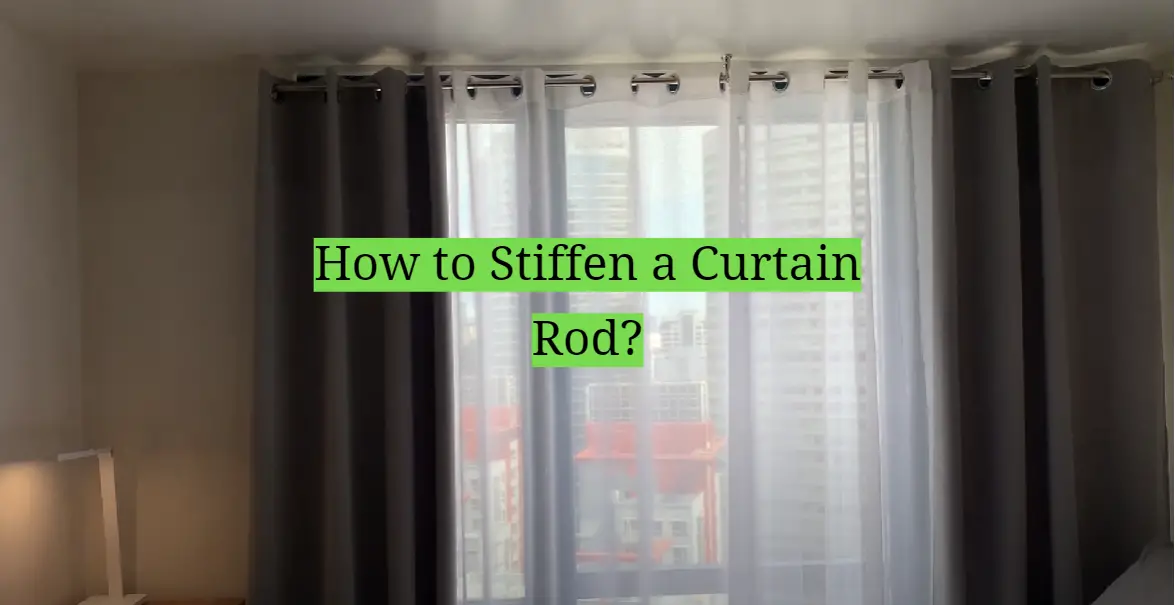






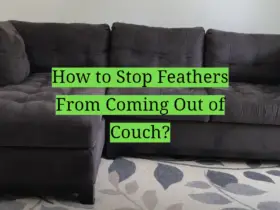

Leave a Reply